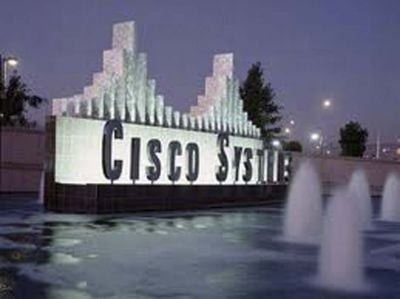Oracle Biggest Loser as Data Storage Seeps Away

The big names in distributed data storage and management frameworks include International Business Machines (IBM); System, Anwendungen und Produkte in der Datenverarbeitung (SAP); and Oracle. One of Oracle’s most touted clients was Advanced Micro Devices (AMD), a chip maker that uses very large data sets to make its products. Recently AMD sacked Oracle, a very expensive provider of software to access its data storage networks, by transferring 276 T of data to Cloudera’s Hadoop. Oracle uses a proprietary, closed system, so that when it suffers an outage, its clients like AMD go down for weeks. Further, in the world of large data sets, row limits for data strings count. Oracle limits rows to 100,000, but Hadoop offers an unlimited number of rows while maintaining very competitive query response rates. http://www.theregister.co.uk/2014/03/24/amd_hadoop_migration/
Today the big names must make room for new names Hadoop, Cassandra, and Riak, which all offer on site open-source tech, as large clients such as AMD shift to accommodate growing data sets. Cloud based systems such as Oracle must face Amazon cloud competition to stay in the game, with prices diving almost daily with so much at stake in the future.
To HFS analysts, the writing on the wall seems clear enough: Stay away from struggling technologies such as Oracle’s and watch closely for new competitors with better ideas. On site, open source alternatives to the cloud may yet provide real options to come.
What do you think?

